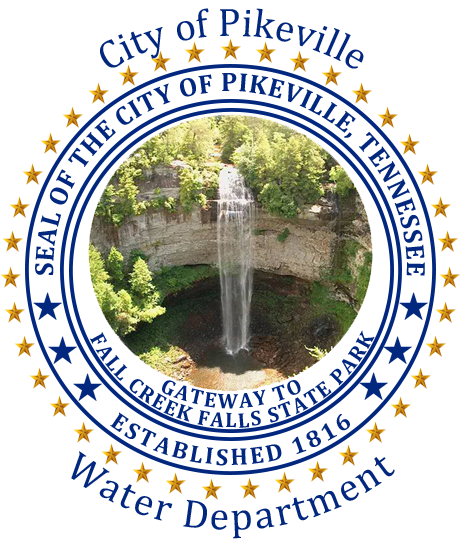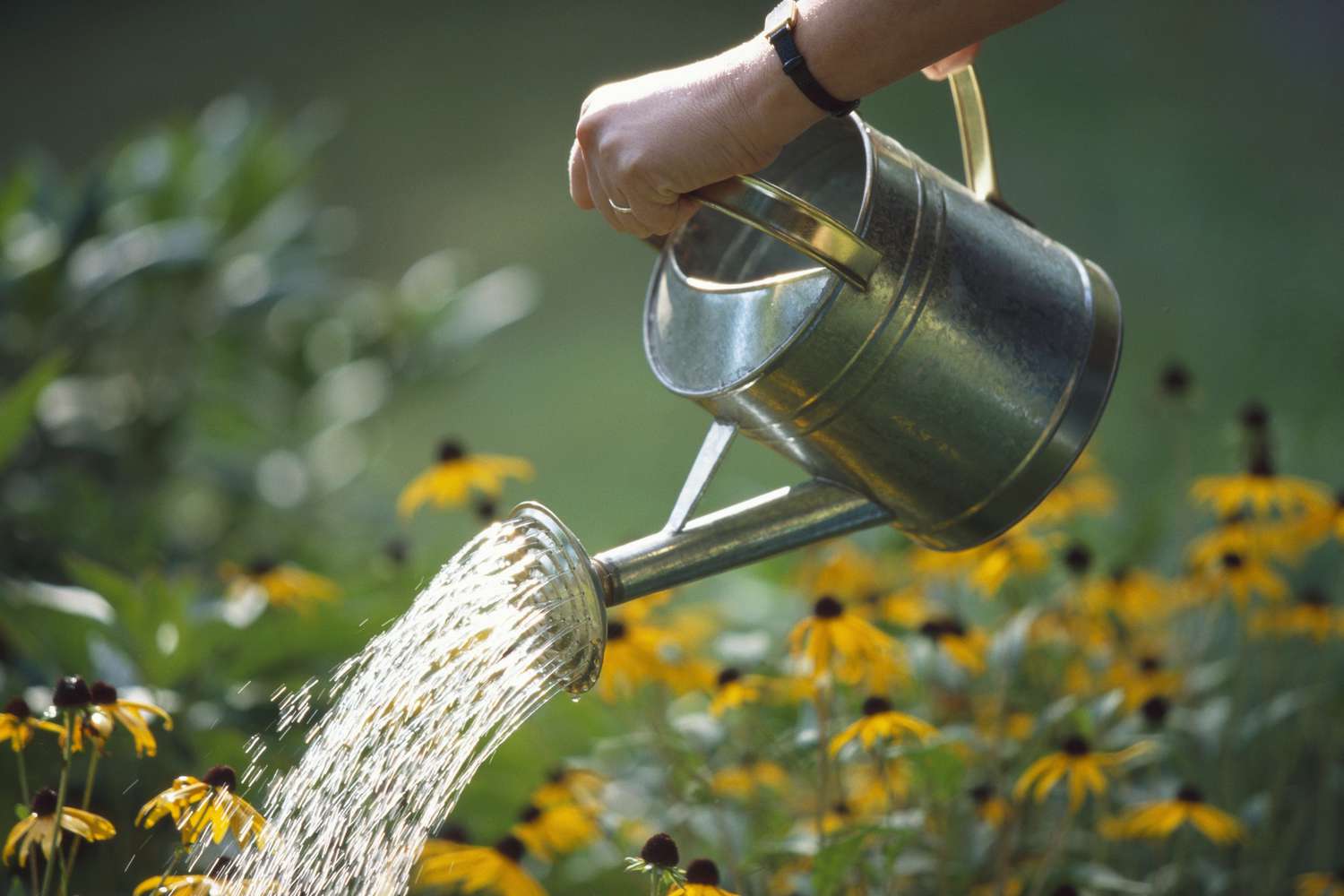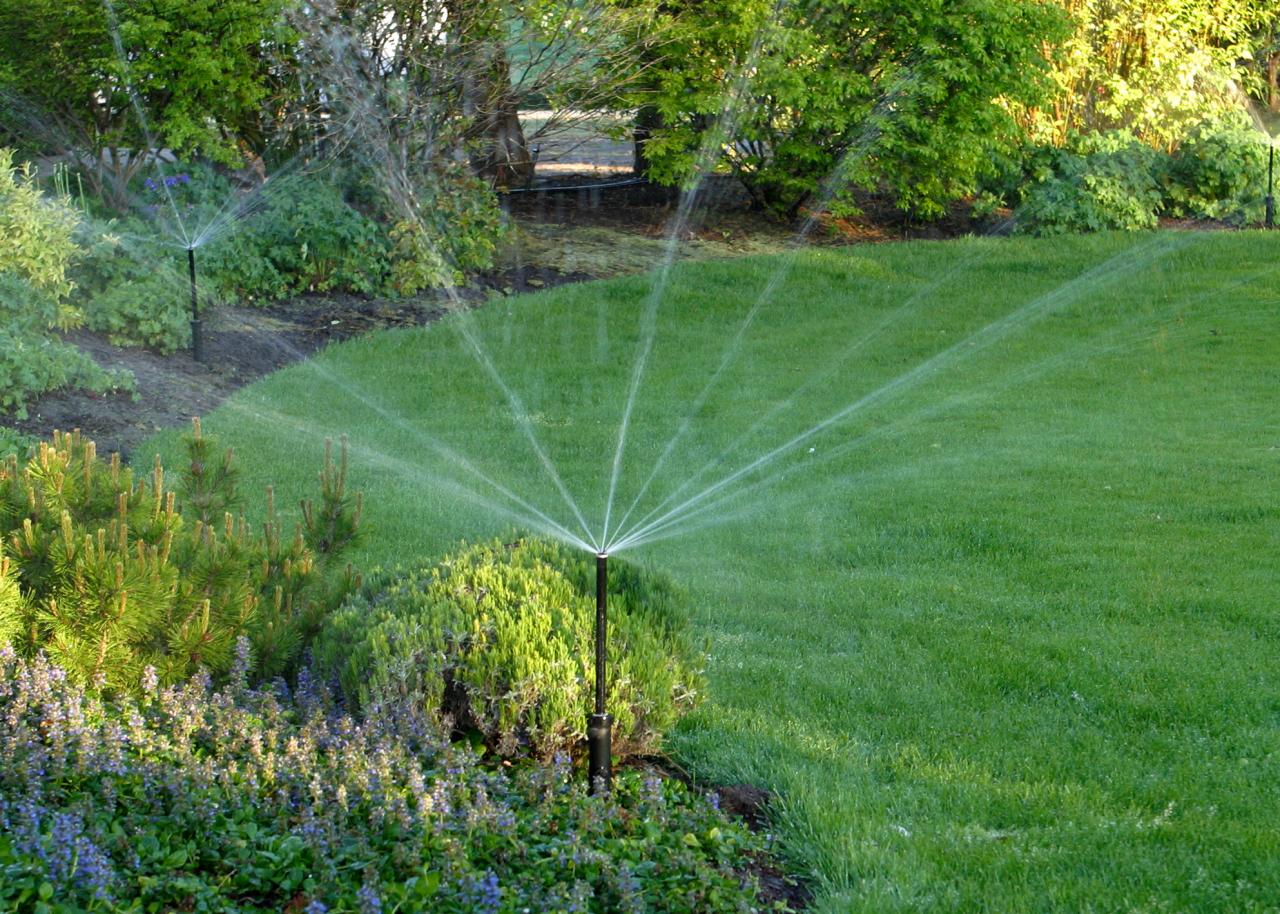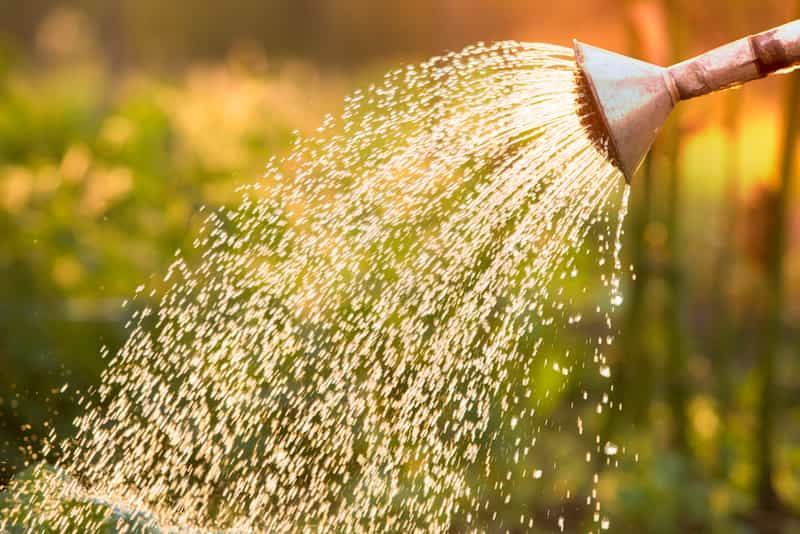City of Pikeville
Water Department

Consumer Information
Saving Water Outdoors
Listed below are a few tips to save water outdoors….
- Delay regular lawn watering during the first cool weeks of Spring. This encourages deeper rooting and makes your lawn healthier for the rest of the Summer.
- Don’t sprinkle grass lightly, deep-soak it. Light watering causes the grass to develop shallow roots that are both less drought-resistant and more prone to winter kill.
- Water your lawn early in the morning. By 10am, heat and evaporation go up, robbing the lawn of moisture. Watering at night is fine for dry climates, but in humid climates the relatively cool, moist conditions can create an ideal climate for lawn diseases to develop.
- If your grass grows on mostly clay soil, 1/4 to 1/2 inch of water per hour can be absorbed. If you have sandy soil, you’ll need to water more often and for shorter periods of time. How you apply water is just as important as the amount. If your lawn thrives on 45 minutes of water every two to three days, it will not remain as healthy if you water 15 to 20 minutes every day.
- More water is dispersed faster with a larger diameter hose. Sprinklers that throw large drops in a flat pattern are much more effective than those with fine, high sprays, which can be blown about and evaporate quickly.
- Adjust your lawn mower to a higher setting. The longer grass blades will shade one another and the ground, helping to fight off heat and hold moisture longer.
- Mow the lawn at least once a week. Try to cut no more than 1/3 of the grass blade, removing about 1/2 to 3/4 of an inch. If you mow the grass shorter than this, excessive shock occurs that causes the grass to turn yellow despite your best watering efforts.
- Don’t allow sprinklers to water your street, driveway or sidewalk. Position them so water lands on the lawn and shrubs…not on the paved areas.
- Install irrigation devices that are the most water efficient for each use. Soaker hoses are examples of water efficient irrigation methods.
- Check sprinkler systems and timing devices regularly to be sure they operate properly.
- Avoid over fertilizing your lawn. Fertilizer applications increase the need for water.
- Use mulch to retain moisture in the soil. Mulch also helps control weeds that compete with landscape plants for water.
- Plant native and/or drought-tolerant grasses, ground covers, shrubs and trees. Once established, they do not need water as frequently and usually will survive a dry period without watering. Group Plants together based on similar water needs.
- Do not hose down your driveway or sidewalk. Use a broom to clean leaves and other debris from these areas.
- Use a shut-off nozzle on your hose which can be adjusted down to a fine spray so the water flows only as needed. When finished, turn it off at the faucet instead of at the nozzle to avoid leaks. Check hose connectors to make sure plastic or rubber washers are in place. Washers prevent leaks.
- Do not leave sprinklers or hoses unattended. A garden hose can pour out 600 gallons or more in only a few hours. Use a kitchen timer to remind yourself to turn off sprinklers.
- Avoid purchasing recreational water toys which require a constant stream of water.
- Consider using a commercial car wash that recycles water. If you wash your own car, park on the grass and use a hose with an automatic shut-off nozzle.
- Avoid the installation of ornamental water features (such as fountains) unless the water is recycled.
- If you have a swimming pool, consider a new water-saving pool filter. A single backflushing with a traditional filter uses 180 to 250 gallons of water.
![]() City of Pikeville
City of Pikeville
25 Municipal Drive
Pikeville, Tennessee 37367




